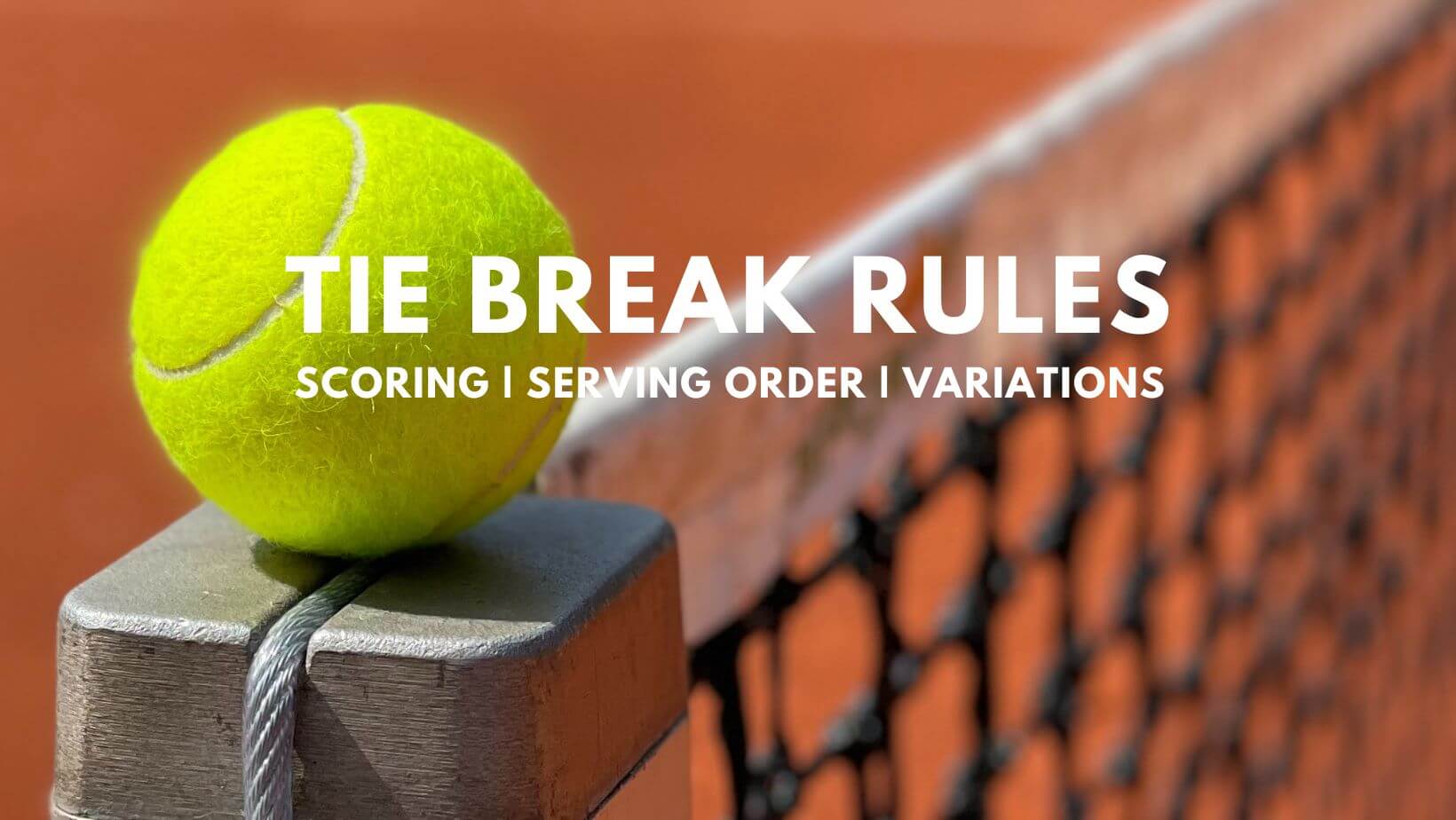Scoring and Winning

Tennis tiebreak rules – In a tennis tiebreak, a unique scoring system is employed, distinct from the regular scoring system used in a tennis game. The tiebreak is played to determine the winner of a set when both players are tied at 6-6.
In tennis, tiebreaks are often used to decide close sets. The rules for tiebreaks are designed to create a fair and exciting contest. Carlos Alcaraz has won several Grand Slam titles in his young career, and he is known for his aggressive playing style and powerful groundstrokes.
When playing in tiebreaks, Alcaraz often uses his forehand to hit winners and put pressure on his opponents. Tiebreaks can be a tense and exciting part of a tennis match, and they can often decide the outcome of a set or even a match.
Scoring System
In a tiebreak, points are scored differently compared to regular games. Instead of the traditional 15, 30, 40, and game format, points are awarded sequentially, starting from 0.
- The first point won is called “one”, the second point “two”, and so on.
- The player who wins a point serves the next point.
- The server changes after every two points.
Winning, Tennis tiebreak rules
To win a tiebreak, a player must satisfy two conditions:
- Score at least seven points: The player must score at least seven points in the tiebreak.
- Lead by at least two points: The player must have a lead of at least two points over their opponent. For example, a player can win with a score of 7-5, but not 7-6.
Serving Rules: Tennis Tiebreak Rules

The server stands behind the baseline, within the confines of the singles court, and serves diagonally into the opposite service court. The server must hit the ball over the net and into the service court, ensuring it bounces once before landing in the designated area. A fault occurs if the ball lands outside the service court or fails to clear the net. Each player serves for two consecutive points, and the server changes after every four points.
Serving Order
The serving order in a tiebreak is determined as follows:
- The player who served first in the preceding game serves first in the tiebreak.
- The serving order alternates after every four points, regardless of which player wins the point.
- The server changes ends after every six points, regardless of which player wins the point.
Return of Serve Rules
In a tennis tiebreak, the rules for returning a serve are slightly different from those in regular play. Players must return the serve from behind the baseline, and the serve must land in the designated tiebreak service court. If a player fails to return the serve, the opponent wins the point.
Failure to Return a Serve
- If a player fails to return a serve that lands in the designated service court, the opponent wins the point.
- If a player fails to return a serve that lands outside the designated service court, the opponent gets a “let” and the serve is replayed.
In the high-stakes world of tennis, tiebreaks can make all the difference. The rules are straightforward: players alternate hitting serves, with the first to reach seven points and a two-point lead emerging victorious. Just like the elegant grace of Kate Middleton on the Wimbledon court, a well-executed tiebreak requires poise, strategy, and a touch of luck.
The tension builds with each point, the crowd’s anticipation reaching fever pitch as the players strive for that elusive tiebreak victory.